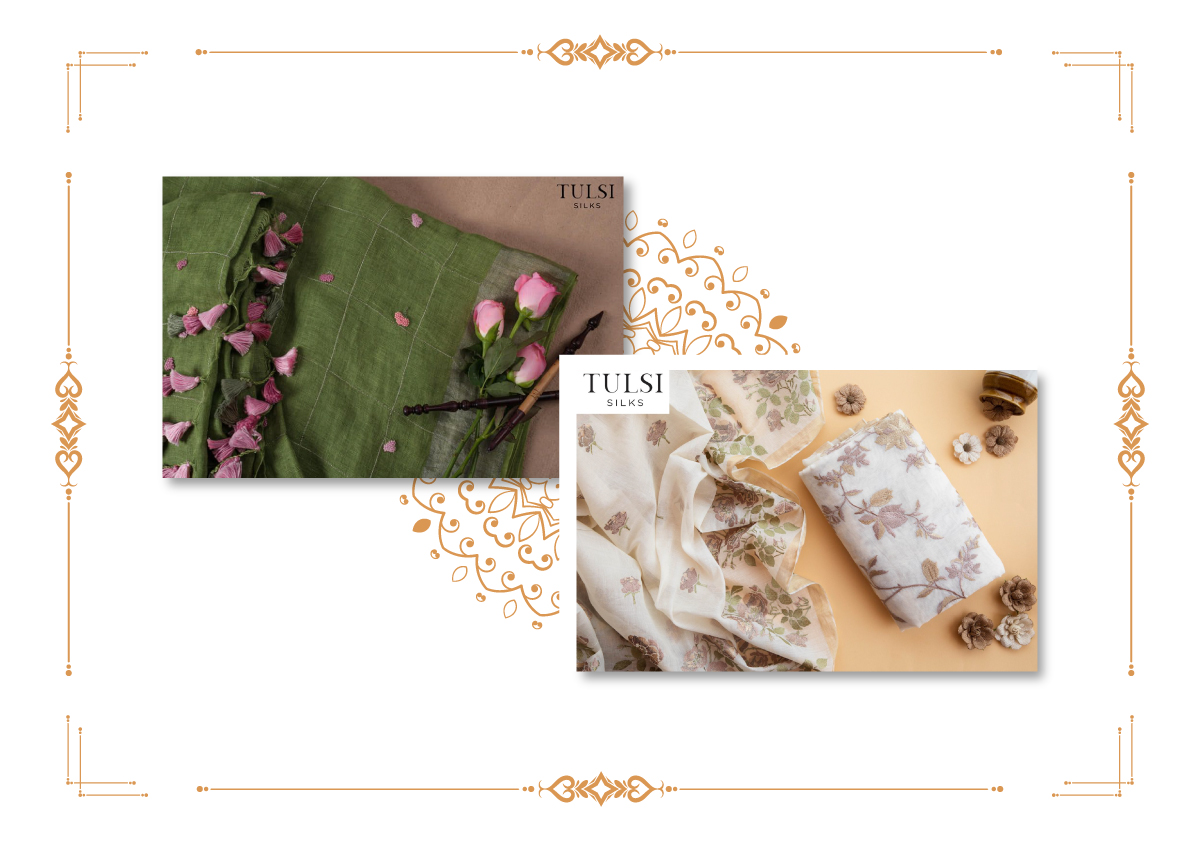Difference between Cotton and Linen Fabric: Linen vs Cotton
What is Linen fabric?
Linen is a natural fabric made from the fibres of the flax plant. Linen fabric dates back to the Bolshevik Russian Revolution of the 20th century. Linen was highly prized for its exceptional qualities and used for various purposes. Linen fabric was created by combining cotton, linen, and wool in a unique blend to create a fabric that was both strong and feathery. Linen fabric is lightweight, breathable and comfortable to wear.
What is Cotton Fabric?
Cotton is obtained from natural plant fibre cotton seed pods. Cotton fabric production starts in the Indus Valley civilizations where evidence of cotton weaving and artefacts made of cotton fibres are found. Egyptian elites used garments made of cotton fabric. Today, cotton remains one of the most widely used and cherished fabrics worldwide for its comfort, breathability and versatility in clothing and textiles.
Check our blog to learn more about the types of cotton fabrics and sarees.
History of Linen
Linen has a rich history stretching for thousands of years. It was one of the earliest known textiles, dating back to ancient civilisations such as Egypt and Mesopotamia. Ancient Egyptians used linen for mummification and burial shrouds.
In ancient Greece and Rome, linen was a popular clothing fabric, especially among the wealthy. Its popularity continued through the middle ages and into modern times. This enduring linen fabric stands still today for its durability, absorbency, and moisture-wicking properties.
Linen vs Cotton: difference between the fabrics
Cotton and Linen are both plant-based natural fibrous fabrics but with some distinct characteristics and properties. Cotton fibres are typically short and round shaped, making them soft and fluffy. In contrast, linen fibres are longer and have an irregular shape, which contributes to their unique texture and drape. Let’s take a deeper look at their differences below.
1. Comfort
Linen is stronger and more durable than cotton due to its rough flax fibre. Cotton, on the other hand, is soft and comfortable. Linen has higher moisture-wicking properties keeping the body cool and dry. Linen absorbs and releases moisture more efficiently than cotton, making it suitable for winter. Cotton is more comfortable to wear in hot climates.
2. Texture
One of the key differences between these two fabrics is the Texture. Cotton has a smooth texture due to its tight weave giving a softer touch. Whereas linen is slightly coarse because of its distinctive textured pattern and the loose weaves contribute to its rough texture.
3. Natural tendency
Linen fabric is easily prone to wrinkling. Linen has a natural tendency to develop creases and a worn-out look more quickly than cotton. Cotton is softer and less likely to wrinkle than linen, making it sought-after everyday apparel. Linen is still a popular fabric choice for special occasions because of its breathability and lightness.
4. Wash and care
Cotton is relatively easy to care for and withstands machine washing. Linen requires more delicate care due to its tendency to wrinkle easily. Linen also tends to shrink when exposed to hot temperatures, so prefer to iron in mild temperature. It's important to note that linen is more prone to fading than cotton, so it should be washed in cold water with mild detergent.
5. Versatility
The versatility of cotton textiles enables it to be used in a wide variety of products, such as clothing, bedding, towels, and more. Although linen is also used in clothing and home textiles like bed sheets, pillowcases, blankets, dish towels, and bath towels, it is often associated with luxury and high-end applications. Linen is typically more expensive and has a more formal, luxurious feel and is known for its strong resistance to wear and tear.
Types of Linen Fabrics
1. Damask Linen
Referred to as Luxurious silk fabric from Damascus in ancient times, this linen fabric is woven using a special technique involving a jacquard loom to create a patterned design that gives an embroidery look. Commonly used in decorative items.
2. Plain Woven Linen
This type of linen fabric is best suited for cleaning purposes due to its absorbent factor. Used to make cleaning clothes like glass towels and aprons.
3. Sheeting Linen
It is a type of wide and heavy linen fabric used in dresses and suits for its soft texture.
4. Loosely-woven linen
This linen fabric has an open and relaxed weave structure used to prepare sheer draperies, curtains and summer tops.
Types of Cotton Fabrics
1. Poplin
Made mostly from cotton or cotton blend it is a strong and balanced material. Poplin is more smooth and has a durable texture.
2. Satin
It is known for its smooth, lustrous surface made using a satin weave structure, which gives it a distinct sheen and a soft, silky texture. Suitable for sarees, shirts, and dresses.
3. Muslin
An expensive linen fabric produced in the region of Mosul from silk and synthetic fibres, it has a fine-smooth structure.
4. Voile
99% of this fabric is from cotton or cotton blends with linen or polyester. Voile is used to make screen clothes, mosquito nets and veils.
Check out our blog on Types of Linen fabric and sarees.
Conclusion
Linen fabric is of remarkable beauty and enduring appeal. From its ancient origins to its continued popularity today, linen captivates with its natural elegance, breathability, and versatility. Whether used in luxurious bedding, sophisticated apparel, or refined home decor, linen's timeless charm and distinctive texture add refinement to any setting. Allure your style with this remarkable fabric that embodies both luxury and simplicity.
Now that you know about this ageless linen fabric, take a look at our exclusive Linen sarees from Tulsi silks. Check our other blogs as well.




